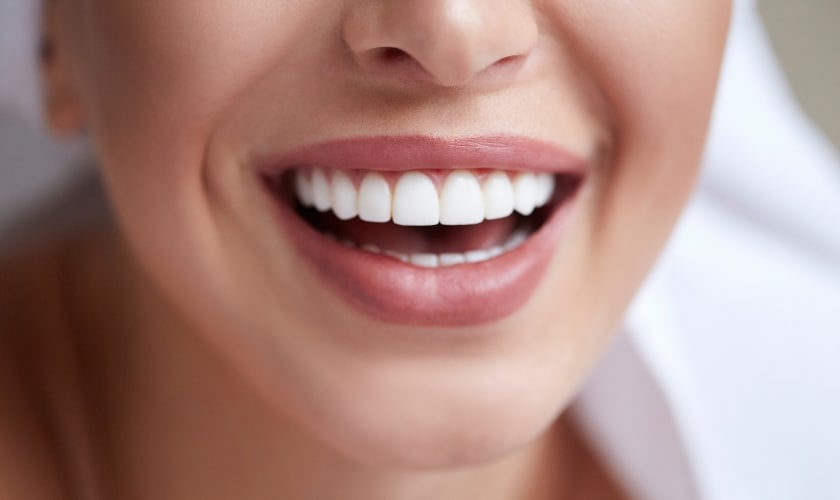
By Gentle Touch Dentistry Richardson
Whitening strips need no introduction, as every individual at some point of their lives have craved for whiter and brighter teeth. In doing so, they must have tried or at least contemplated try their hands on whitening strips. These are over-the-counter strips that are easily available in all drugstores nearby. This makes it evident that these products are a way to attain whitening at a low cost.
However, whitening strips come along with some drawbacks that mostly first-time users are not aware of. Instead of a same-day whitening (as is the case with professional treatments), whitening strips are required to be applied on the teeth for several days to get visible results. Additionally, the concentration of the bleaching agent (hydrogen peroxide) may be insufficient with respect to the degree of discoloration of an individual’s teeth.
Despite all the loopholes, the market for whitening strips persists because of their low cost and easy availability. Another significant cause behind the demand for whitening strips is dental fear. Especially if individuals have sensitivity issues, they are more hesitant to walk into the dentistry for a teeth whitening procedure.
Statistics revealed that a whopping 40.5 million people in the United States used tooth whitening products in the year 2018. It therefore stands necessary to elucidate the flaws of using a whitening strip. Long term use of over-the-counter strips are to some extent baneful for an individual’s teeth. Let’s check how they might be impacting upon your dental health.
The outer layer of the teeth is the enamel. The layer lying beneath this is the dentin. The dentin layer is typically rich in protein. In studies related to the effect of whitening strips on the users teeth, it has been revealed that there was considerable loss of protein from the tooth’s dentin layer.
A research conducted in the Stockton University was aimed to find out how hydrogen peroxide affects the teeth, and which part of the tooth it attacks.
The research — which was led by Kelly Keenan, an associate professor of chemistry at Stockton University
The main whitening ingredient of whitening strips, as is commonly known is hydrogen peroxide. This is actually an oxidizing agent and mostly used as a sterilizer. However, for the common mass, hydrogen peroxide is considered as a color-lightening agent and is used by many to bleach their hair.
Kelly Keenan has discovered that hydrogen peroxide damages dentin, which is the “middle” layer of teeth. The three prominent layers of a tooth are – a shiny enamel, a dentin layer in the middle, and the inner layer that mainly consists of connective tissues. Now, there is a method in which this compound damages the dentin layer. It pierces through the enamel and reaches the dentin layer, again infiltrating through it. This dentin layer contains 90 to 95 percent of the protein collagen
Keenan’s study revealed that the dentin gets chipped away into small fragments by bleaching agent hydrogen peroxide. To study the impact on the protein collagen more closely, the research team had treated pure collagen with hydrogen peroxide. The observations clearly revealed that exposure to hydrogen peroxide oxidizes the protein collagen and leads to its fragmentation.
In a brief, its hard to avoid hydrogen peroxide, when whitening is in your mind. If you can’t get out of your want, you can’t get rid of hydrogen peroxide. This is so because all whiteners pretty much contain this ingredient. In fact, it is a proven outcome that people who are too crazy for making their teeth appear whiter and frequently use these strips for the purpose, also face sensitivity issues in their later lives. This is probably due to the damage of the dentin layer that constitutes the maximum mass of your tooth.






